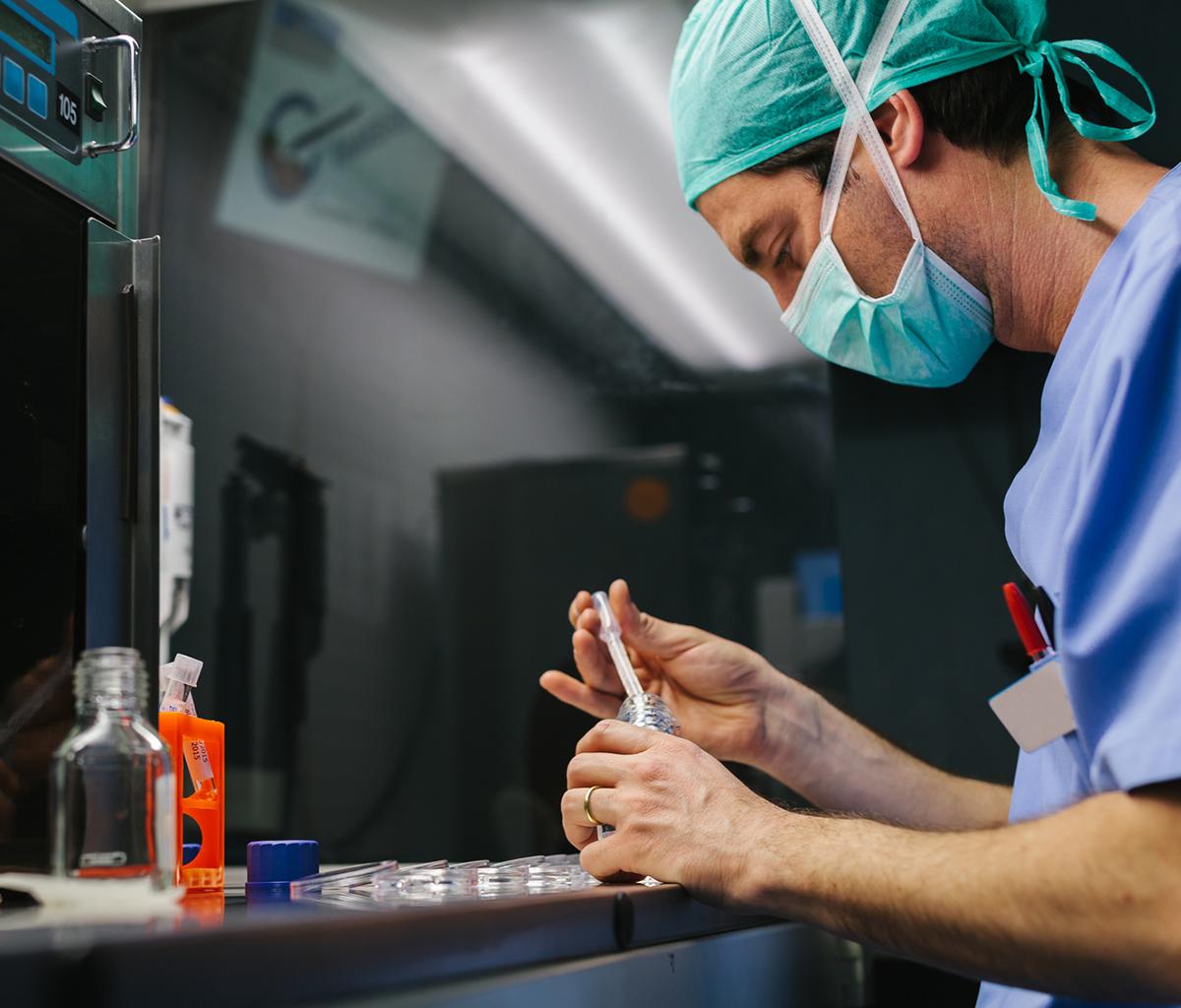Critical health challenges demanded creative cures. To combat a rapid rise in drug-resistant tuberculosis during World War II, Irish doctor John Crofton developed the “Edinburgh Method” – a combination of existing medicines that could successfully cure patients. Combination therapies have since been created to improve the treatment of pediatric cancers, Hodgkin’s lymphomas, HIV, and other diseases. Today, researchers believe that combination therapies are key to solving future health challenges, particularly in complex cancers.
In a new report from the Geneva Network, experts explore the proven therapeutic benefits of combinations drugs, which consist of two or more active pharmaceutical ingredients (APIs). The report also outlines the significant research and development (R&D) needed to develop combination drugs and the barriers inventors face in patenting their inventions.
The report’s key findings:
- Combination drugs have tremendous therapeutic potential.
Researchers believe that combination therapies exhibit tremendous potential in managing chronic diseases. Many non-communicable diseases, such as cancer, diabetes and cardiovascular disease, are complicated to manage, and effective treatment requires multiple doses of a variety of therapies. A single, combination therapy can treat these diseases more effectively and efficiently than multiple standalone treatments, as seen with immunotherapies for cancer patients.
- Combination drugs bring significant adherence and cost benefits.
By consolidating multiple APIs into one effective medicine, treatment regimens are simplified. Fewer medicines to take leads to greater patient adherence. If patients can take just one dose of treatment a day instead of multiple doses, they are more likely to take their medicine as prescribed. Improved adherence is particularly important for the treatment of infectious diseases, such as malaria, HIV and tuberculosis, where poor adherence leads to drug-resistant pathogens. And it can significantly lower overall health care costs.
- Combination drug R&D is complex and costly, but results in a novel therapy.
Combining drugs isn’t as simple as putting two pills together. Researchers must invest substantially in research and clinical trials to find a combination of APIs that does not lead to unexpected results or potentially harmful side effects. This significant R&D results in a completely new treatment that deserves patent protection, even though the individual component drugs may or may not be off-patent.
- Obtaining a patent on a combination drug is needlessly difficult.
Current laws in India and Indonesia prohibit the patenting of combination therapies, deterring development of valuable new improvements that benefit patients. These laws are based on the misconception that combination drugs are developed to artificially extend patent terms, but nothing could be further from the truth. In reality, the patenting of a combination drug does nothing to extend the patent of the constituent medicines, while providing unmatched therapeutic benefits as well as tremendous cost-savings for the health care system. Such inventions deserve the same protections and recognition as singular therapies.


